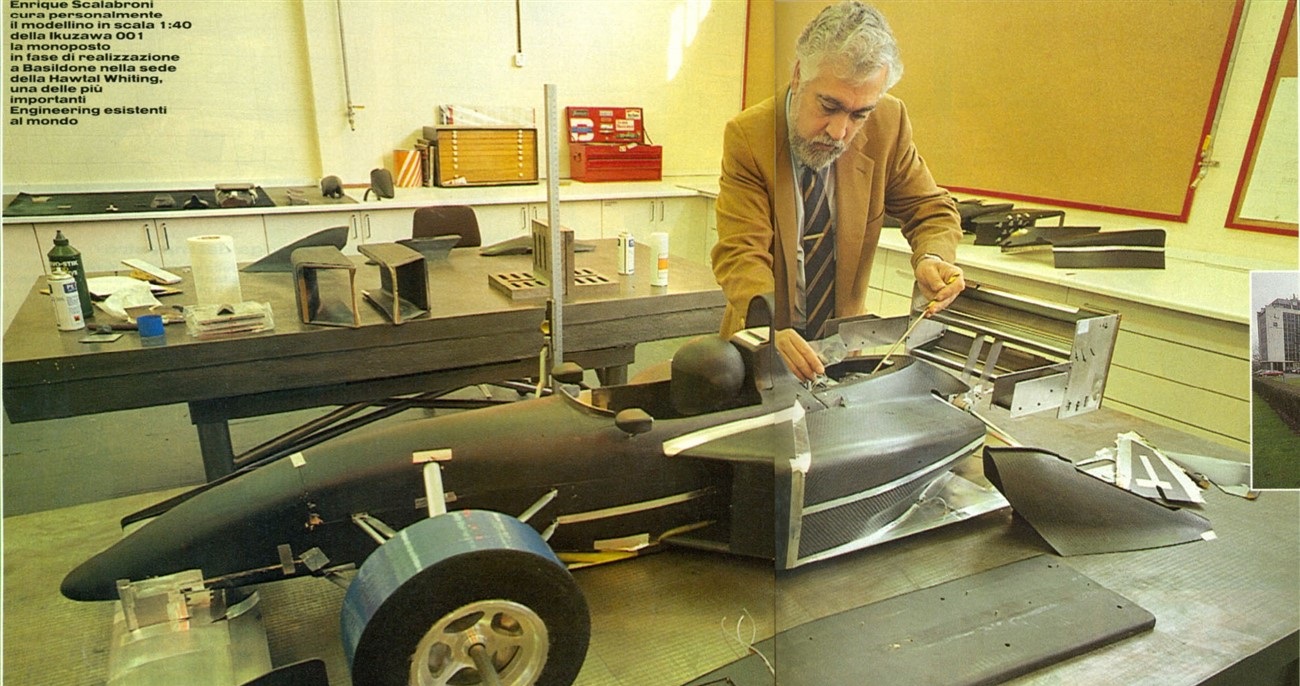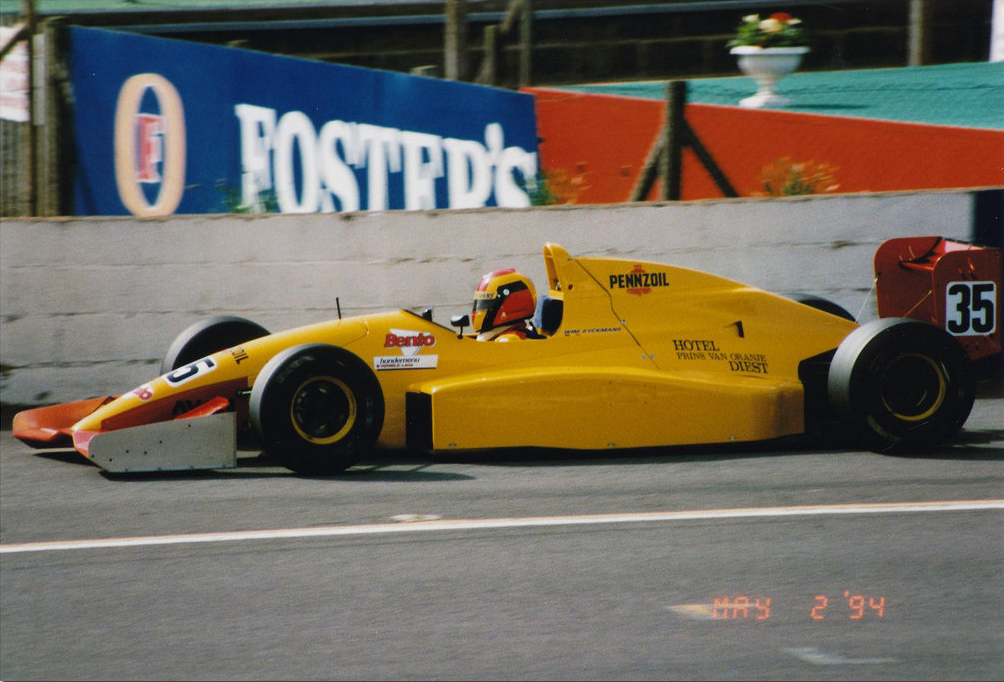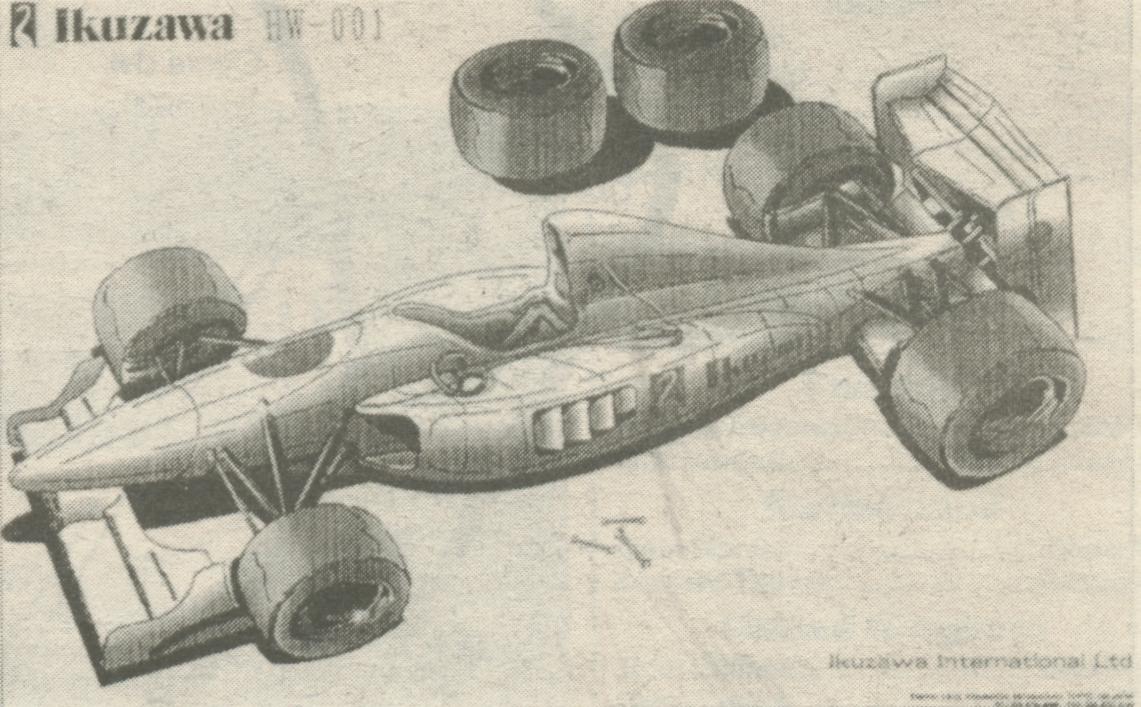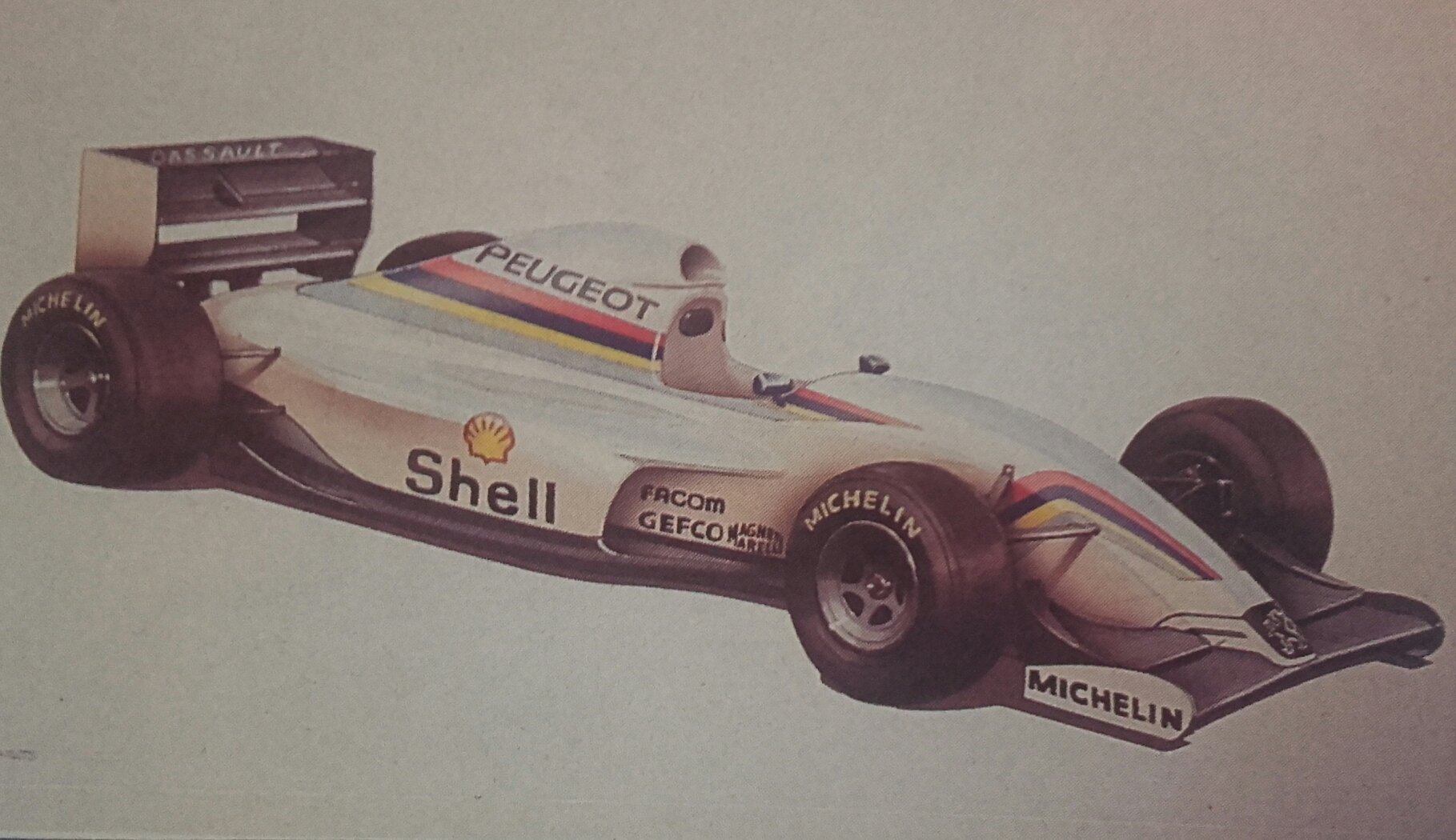The good old 1990s, perhaps the period the sport we loved thrived on its maximum. A lot of companies and people with too much money were looking to invest in a team. There were also shady constructions like Shannon that derailed Forti towards their early retirement. However, there were also serious attempts from companies and teams active in lower series. One of these attempts came from the Japanese Tetsu Ikuzawa, a retired driver at that point. How serious was this attempt, very serious!
A few years ago, I already wrote about the Ikuzawa project, mainly focused on it’s legacy and link with the Stewart Grand Prix team. Not going deeply into the matter of this project that had set it’s debut year in 1996, only to have it set again for 1998. The step to setup his own Formula One team is not that weird if you do some investigation in his rich racing career.
Tetsu Ikuzawa is a Japanese retired race driver, one of the first Japanese that was competitive in Europe especially in Great Britain. In 1966, Tetsu signed a contract with one of Stirling Moss’s Formula 3 team. Where 1966 was a debut year to learn, in 1967 he managed to win several non-championship races, the Formula 3 had them as well. In 1968, he left Moss’s his team to race for Frank Williams where he would win four championship races.
In 1970, Tetsu debuted in the Formula 2 as a privateer in a Lotus 69. He drover under the Tetsu Ikuzawa Racing Partnership banner. Close to winning the Deutschland trophy and scoring some decent results in other races, he believed he set the pace for 1971. Again with the Lotus 69. However, he failed to score any points due to the competition and newer cars on the grid. For 1972, he would race for GRD (Group Racing Developments) in the Formula 2. The cars were far from good and he failed to qualify for a couple of races.
In 1973, he again raced in the Formula 2; this time with another team he created named Team Nippon, which used two GRD 273 cars. Besides Tetsu Ikuzawa fellow Japanese Hiroshi Kazato would race. While Hiroshi showed some results. In between both Tetsu and Hiroshi would made their debut in the 24 hours of Le Mans for Sigma Automotive. The team appeared with the Sigma MC73 prototype, fitted with the Mazda 2-rotor engine on the grid. At the end of the season, Tetsu decided to stop racing in Europe and returned to Japan.
From 1974 onwards, Tetsu would appear in several Japanese Racing series even winning a title and several races. At the end of 1978, he announced his retirement as full time race driver. In between he would appear at the start of several races. As he managed his own teams in the Formula 2 previously his next career would be an easy one team principal of Team Ikuzawa. In the beginning the team was named i&i Racing Development. Competing in the 1980s with success in the Japanese Formula 2 Championship, and the Japanese Endurance Championship he eventually got an offer from Nissan to become their manager of Nissan Motorsports in Europe.
In the 1990s, the idea arose to bring a Japanese Formula One Team to the grid. The economy was booming, and there seemed to be more than enough money. It’s the period of Moneytron, Footwork and Leyton House. The financial bubbles almost filled with just air. Ready to pop, ready to let the Japanese stock market crash, ready to create a financial crisis. However, everything went well, the sun was shining at the horizon, companies were ready to invest and with Yamaha in the F1 and Mugen-Honda knocking on the door, the time was ripe.
The first info I could uncover for the Ikuzawa project dates back to the autumn of 1993. Around the same time, two other Japanese teams were working on their plans to debut in the Formula One. Toms that was backed by Toyota, they did not came further then a scale model. The other project was from Dome. They completed the design of their Dome F105 fitted the Mugen-Honda and massively tested with the car. Only, due to the financial crisis, not to appear on the grid.
It has to be said, the timeline of the Ikuzawa project is somewhat vague. What I know is that it all started in the autumn of 1993, only to get shape in 1994 with a time set to debut as team in 1996. However, according to Peter Windsor his LinkedIn page the team only became serious around 1996. He stated that he started working for Tetsu only in March 1996. While other data state that, he was involved in an earlier stage. What is known for sure that Stewart purchased the Ikuzawa designs in March 1996. I’m not sure what the precise timeline is. I will bring the story, as I know it.
In 1994, Tetsu contacted Peter Windsor, team manager of the Williams team in 1992, if he was interested to work for the team. Together they started working on a solid base for the team by hiring talented engineers and technicians. Eventually there were talks with Enrique Scalabroni. Scalabroni was well known in the Formula One as he worked for team like Team Lotus, Williams and Ferrari. You probably know him for his design of a revolutionary future Formula One car.
The decision was made to establish the Ikuzawa team in the Hawtel Whiting facility in Colchester. There the facilities were to design and build a Formula One car. While Scalabroni came with his first design sketch of the Ikuzawa HW-001, Peter Windsor was in negotiations with Ford/Cosworth and it seems Mugen-Honda to struck an engine deal.
Weirdly, there is nothing known about sponsors for the Ikuzawa team. Were most of the new teams were back by a major title sponsor or a lot of small sponsors none seem to exist for Ikuzawa. If you dive into this matter, you only read that Japanese companies are interested to invest in the team. While there was money as the team worked hard on the design. It’s also stated by Peter Windsor on his LinkedIn page.
During 1994 and 1995, Scalabroni and his engineers gave the HW-001 design shape. First with a scale model. What I only uncovered two years ago is that a mock-up version of the HW-001 on real scale was built by the team. The 1:1 mock up looked much different from the first design, the car looked similar to the Ferrari. Most interesting, where Lola struggled with the new regulations for the 1995 car design, it seems Scalabroni had no such struggle at all.
While photographical proof is still lacking, John Watson did a couple of seat fittings for Ikuzawa. Which could indicate that Watson, as he did for Jordan in 1991, would give the HW-001 its first meters on the track. Obviously, Watson was too old to debut the car in 1996. Therefore, with the help of Windsor, the team was looking at Kenny Bräck and Gil de Ferran to drive for the team.
Despite all the hours spent in the design of the car and the team, they would never make it to the grid. The 17th of January 1995 an earthquake struck Japan. In the wake of the Great Hanshin Earthquake the Japanese economy came in a crisis, the stock markets plumbed, the financial bubbles burst and the interest from Japanese companies to invest came to an ultimate low.
However, it meant not the end of Ikuzawa. While Japan was recovering from the earthquake, someone else was eager to enter the Formula One with his own team. Who this was? Jackie Stewart! Around 1996, with the help of Ford, he started to lay the foundation of Stewart Grand Prix. While first denied, the team purchased the design of the unraced Ikuzawa HW-001. Eventually, the SF01 would appear on the grid in 1997 with some success.




